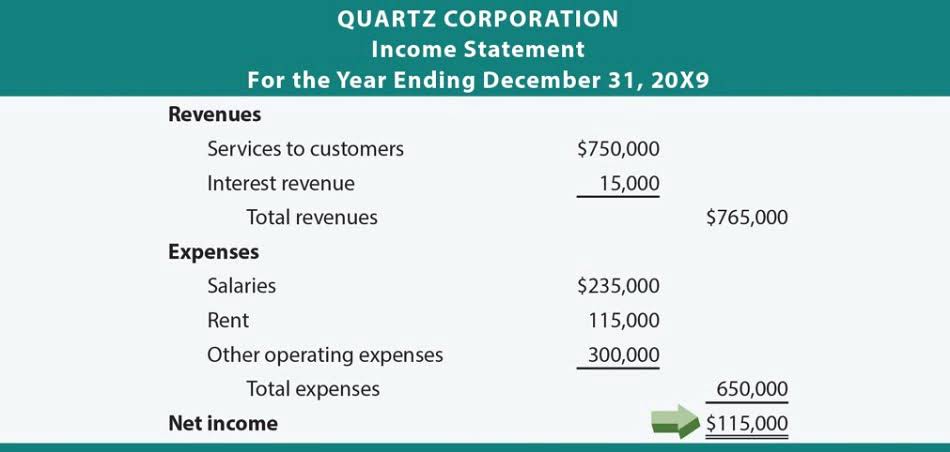
In this article, we break down the differences between FIFO and LIFO and help you decide which is best for your business. Although FIFO is the most common and trusted method of inventory valuation, don’t default to using FIFO. He or she will be able to help you make the best inventory valuation method decision for your business based on your tax situation, inventory flow and recordkeeping requirements. Using FIFO does not necessarily mean that all the oldest inventory has been sold first—rather, it’s used as an assumption for calculation purposes.

FIFO vs. LIFO: Understanding inventory valuation methods
This, in turn, means that the cost of inventory sold as reported on the Profit and Loss Statement will be taken as that of the latest inventory added to the stock. Bookkeeping for Veterinarians On the other hand, on the Balance Sheet, the inventory cost still in stock will equal the cost of the oldest inventory present in the stock. Given that the cost of inventory is premised on the most recent purchases, these costs are highly likely to reflect the higher inflationary prices. Generally speaking, FIFO is preferable in times of rising prices, so that the costs recorded are low, and income is higher. Contrarily, LIFO is preferable in economic climates when tax rates are high because the costs assigned will be higher and income will be lower. When a business uses FIFO, the oldest cost of an item in an inventory will be removed first when one of those items is sold.
CIN7 PRODUCTS
FIFO and LIFO are two methods of accounting and reporting inventory value. FIFO takes the cost of materials purchased first as the cost of goods sold and the cost of materials purchased last as the items still present in the inventory. LIFO takes the cost of materials purchased most recently as the cost of goods sold and the cost of materials purchased first as the items still present in the inventory.
Managing Returned Deposits in Accounting and Financial Reporting
- Under the International Financial Reporting Standards (IFRS), LIFO is not permitted.
- Assuming that prices are rising, this means that inventory levels are going to be highest because the most recent goods (often the most expensive) are being kept in inventory.
- FIFO (First-In, First-Out) is an inventory valuation method that assumes the first items purchased or produced are the first to be sold or used.
- The FIFO (First-In, First-Out) method assumes that the oldest inventory items are sold first.
At the same time, these companies risk that the cost of goods will go down in the event of an economic downturn and cause the opposite effect for all previously purchased inventory. We’ll explore how both methods work and how they differ to help you determine the best inventory valuation method for your business. The most significant difference between FIFO and LIFO is its impact on reported income and profits.
Other common accounting methods

FIFO and LIFO are common inventory valuation methods used to understand the value of unsold stock in the balance sheet and inform key financial metrics like the cost of goods sold. FIFO and LIFO are both ledger account approved by GAAP – the Generally Accepted Accounting Principles, which is used in the USA. The International Financial Reporting Standards, or IFRS, however, only accepts FIFO of the two.
- We collaborate with business-to-business vendors, connecting them with potential buyers.
- Therefore, inflation rates may impact a business’s choice to use either FIFO or LIFO.
- MRPeasy adjusts your inventory value based on the valuation method you have chosen.
- FIFO (First-In, First-Out) and LIFO (Last-In, First-Out) are two primary methods used to value inventory and cost of goods sold.
- Below is a break down of subject weightings in the FMVA® financial analyst program.
All companies are required to use the FIFO method to account for inventory in some jurisdictions but fifo lifo FIFO is a popular standard due to its ease and transparency even where it isn’t mandated. Average cost inventory is another method that assigns the same cost to each item and results in net income and ending inventory balances between FIFO and LIFO. Read out the given article to learn the differences between LIFO and FIFO method of inventory valuation.
FIFO is mostly recommended for businesses that deal in perishable products. The approach provides such ventures with a more accurate value of their profits and inventory. FIFO is not only suited for companies that deal with perishable items but also those that don’t fall under the category. Cin7 was built with modern businesses in mind and only supports the FIFO method. Our inventory and order management software supports better accounting and offers a cloud-based solution that integrates all your sales channels into a single platform.

LIFO vs. FIFO: Taxes

To calculate the Cost of Goods Sold (COGS) using the LIFO method, determine the cost of your most recent inventory. In periods of deflation, LIFO creates lower costs and increases net income, which also increases taxable income. This is why LIFO creates higher costs and lowers net income in times of inflation.






